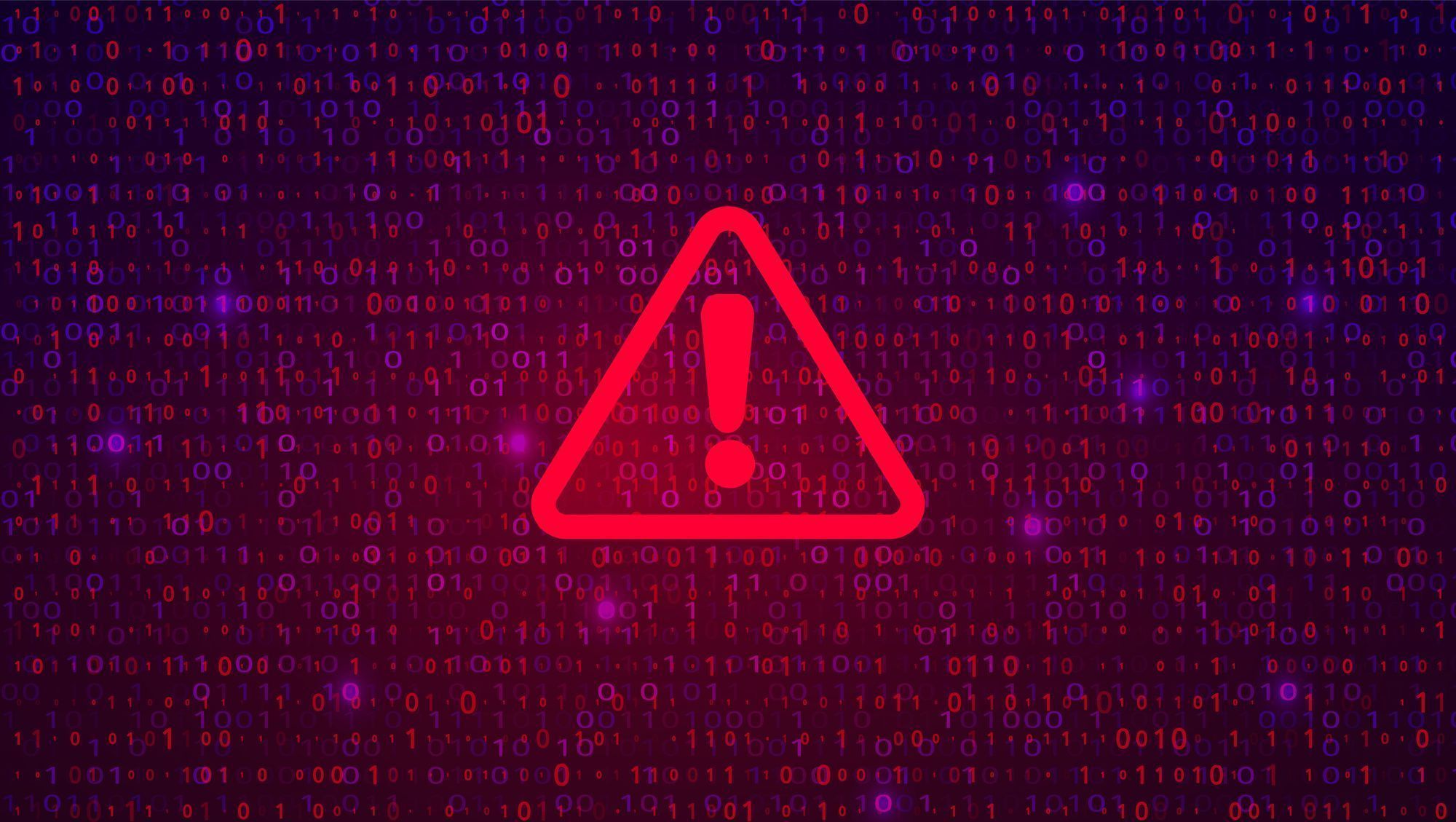
On Monday, July 29, Microsoft published an extensive threat intelligence blog on observed exploitation of CVE-2024-37085, an Active Directory integration authentication bypass vulnerability affecting Broadcom VMware ESXi hypervisors. The vulnerability, according to Redmond, was identified in zero-day attacks and has evidently been used by at least half a dozen ransomware operations to obtain full administrative permissions on domain-joined ESXi hypervisors (which, in turn, enables attackers to encrypt downstream file systems). CVE-2024-37085 was one of multiple issues fixed in a June 25 advisory from Broadcom; it appears to have been exploited as a zero-day vulnerability.
Per Broadcom’s advisory, successful exploitation of CVE-2024-37085 allows attackers “with sufficient Active Directory (AD) permissions to gain full access to an ESXi host that was previously configured to use AD for user management by re-creating the configured AD group (‘ESXi Admins’ by default) after it was deleted from Active Directory.”
Notably, Broadcom’s advisory differs from Microsoft’s description, which says: “VMware ESXi hypervisors joined to an Active Directory domain consider any member of a domain group named "ESX Admins" to have full administrative access by default. This group is not a built-in group in Active Directory and does not exist by default. ESXi hypervisors do not validate that such a group exists when the server is joined to a domain and still treats any members of a group with this name with full administrative access, even if the group did not originally exist.”
Also of note: While the VMware advisory indicates ESXi Admins is the default AD group, the Microsoft observations quoted in this blog all indicate use of ESX Admins rather than ESXi Admins.
ESXi hypervisors have been a popular target for ransomware groups in years past. Notably, since ESXi should not be internet-exposed, we would not expect CVE-2024-37085 to be an initial access vector — adversaries will typically need to have already obtained a foothold in target environments to be able to exploit the vulnerability to escalate privileges.
Exploitation
Microsoft researchers discovered CVE-2024-37085 after it was used as a post-compromise attack technique used by a number of ransomware operators, including Storm-0506, Storm-1175, Octo Tempest, and Manatee Tempest. The attacks Microsoft observed included use of the following commands, which first create a group named “ESX Admins” in the domain and then adds a user to that group:
net group “ESX Admins” /domain /addnet group “ESX Admins” username /domain /add
Microsoft identified three methods for exploiting CVE-2024-37085, including the in-the-wild technique described above:
- Adding the “ESX Admins” group to the domain and adding a user to it (observed in the wild): If the “ESX Admins” group doesn’t exist, any domain user with the ability to create a group can escalate privileges to full administrative access to domain-joined ESXi hypervisors by creating such a group, and then adding themselves, or other users in their control, to the group.
- Renaming any group in the domain to “ESX Admins” and adding a user to the group or using an existing group member: This requires an attacker to have access to a user that has the capability to rename arbitrary groups (i.e., by renaming one of them “ESX Admins”). The threat actor can then add a user, or leverage a user that already exists in the group, to escalate privileges to full administrative access.
- ESXi hypervisor privileges refresh: Even if the network administrator assigns any other group in the domain to be the management group for the ESXi hypervisor, the full administrative privileges to members of the “ESX Admins” group are not immediately removed and threat actors still could abuse it.
Mitigation guidance
The following products and versions are vulnerable to CVE-2024-37085:
- VMware ESXi 8.0 (fixed in ESXi80U3-24022510)
- VMware ESXi 7.0 (no patch planned)
- VMware Cloud Foundation 5.x (fixed in 5.2)
- VMware Cloud Foundation 4.x (no patch planned)
The Broadcom advisory on CVE-2024-37085 links to a workaround that modifies several advanced ESXi settings to be more secure; the workaround page notes that for all versions of ESXi (prior to ESXi 8.0 U3), “several ESXi advanced settings have default values that are not secure by default. The AD group "ESX Admins" is automatically given the VIM Admin role when an ESXi host is joined to an Active Directory domain.”
Broadcom VMware ESXi and Cloud Foundation customers should update to a supported fixed version as soon as possible. Administrators who are unable to update should implement workaround recommendations in the interim. ESXi servers should never be exposed to the public internet. Microsoft has additional recommendations on mitigating risk of exploitation in their blog.
Rapid7 customers
InsightVM and Nexpose customers who use ESXi hypervisors within their environments can assess their exposure to CVE-2024-37085 for the 8.x version stream with a vulnerability check available since June 2024. Support for scanning 7.0 is expected to be available in the July 30 content release.
InsightIDR and Managed Detection and Response customers have existing detection coverage through Rapid7's expansive library of detection rules. Rapid7 recommends installing the Insight Agent on all applicable hosts to ensure visibility into suspicious processes and proper detection coverage. Below is a non-exhaustive list of detections that are deployed and will alert on behavior related to this vulnerability:
- Attacker Technique - Creation of "ESX Admins" Domain Group using Net.exe
Source: Rapid7
Source Link: https://blog.rapid7.com/2024/07/30/vmware-esxi-cve-2024-37085-targeted-in-ransomware-campaigns/